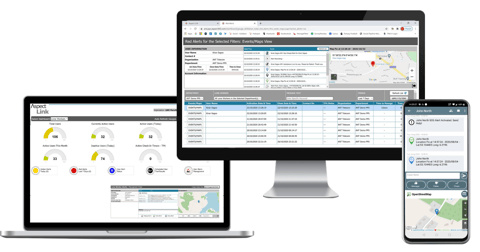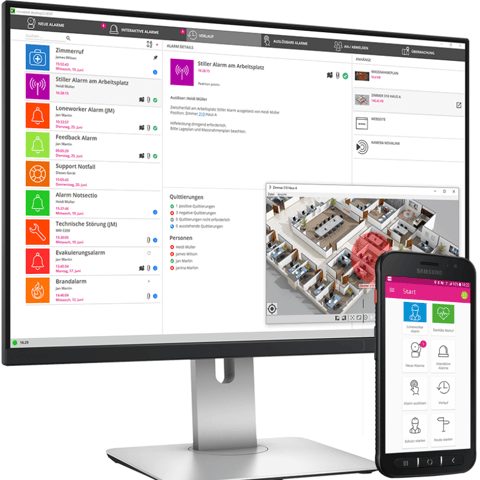
Your lone workers and machinery play a vital role in the day-to-day functioning of your business. In the unfortunate event of an accident involving a lone worker or a critical machine failure, it is essential that your response team is immediately alerted to effectively handle the incident and minimize any additional risks to your business.
Neglecting to address critical alarms can have significant consequences that may harm your business's reputation and financial well-being, leading to potential fines or loss of earnings due to production failures.
With our technology, you can easily implement a straightforward, step-by-step process to effectively manage your critical alarms through automation.

An automated alarm management solution dedicated to the safety of it users.
In the event of an incident, your response team is promptly notified, ensuring a fast and efficient resolution. Responders can immediately identify the individual who triggered the alert and determine their location using GPS coordinates. For indoor situations, we rely on the individual's last known position based on WiFi access points or iBeacons.

With the novaalert alarm software, you can effortlessly and effectively customize alarm events for each individual alarm. In times of emergency, every single second matters. That's why it is crucial to have fast and dependable transmission for every alarm or message. Alarm servers act as the vital link between emergency call switches and sensors, as well as the alarm devices.